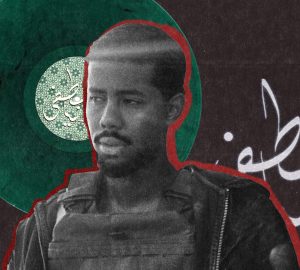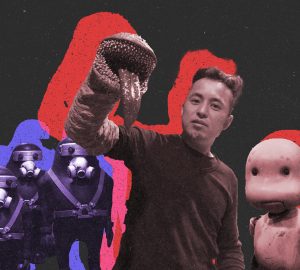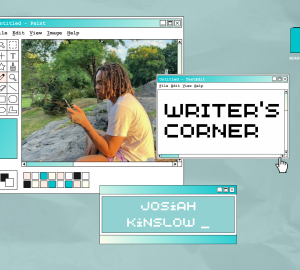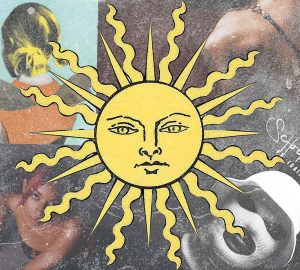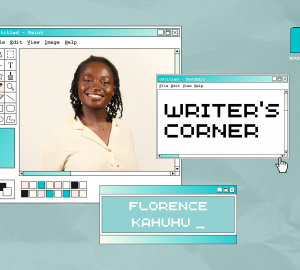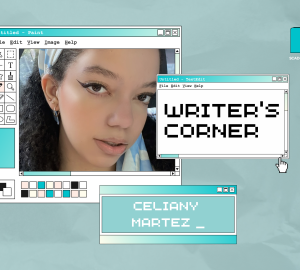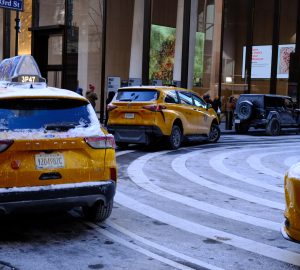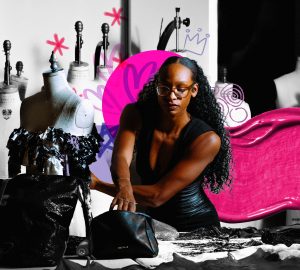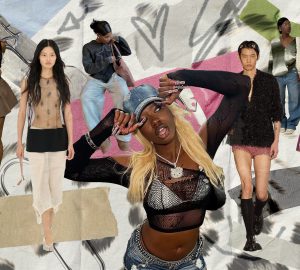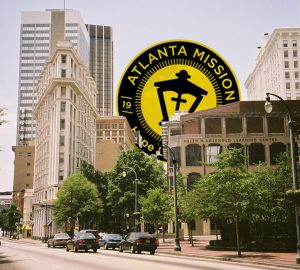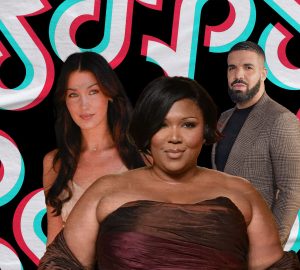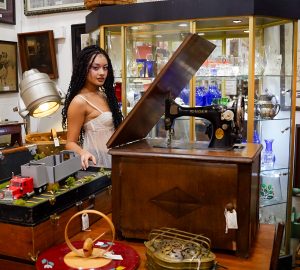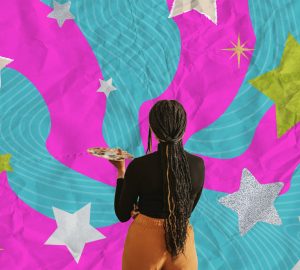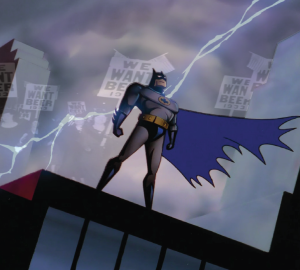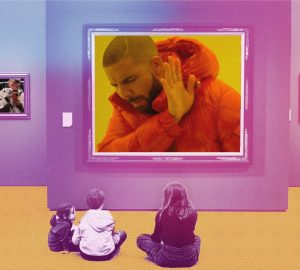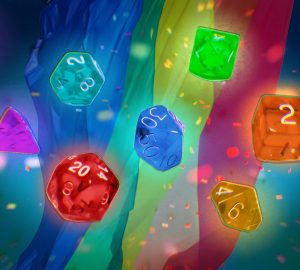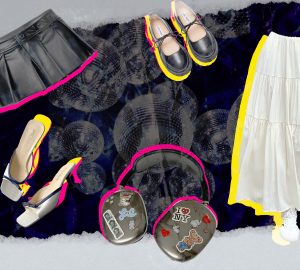AI art and the ethics of automating artistic skill
When art and image generation began to surface on the internet, many thought it was simply a way to get interesting abstracts with beautiful colors (see: early stages of WOMBO Dream) or to generate interesting but useless ideas mostly for meme purposes like the images that show up on the @weirddalle Twitter account.
— Weird Ai Generations (@weirddalle) October 23, 2022
However, when “smarter” machine-learning image generation tools started popping up earlier this year, namely Midjourney and Stable Diffusion, in addition to the amazing works created by skilled artists with the tools, art theft and plagiarism became a serious problem in the online art community.
A good example of a skilled artist using AI to enhance their amazing work is @NekroXIII on Twitter, who creates these beautifully complex art pieces using photobashing, a technique involving merging and blending images and even 3D assets into one final composition. A common practice in the concept art industry to streamline workflow and convey realistic textures better, Nekro embraces AI in an amazing fashion, generating their own assets to photobash their pieces together.
how its done ?
— Nekro (@NekroXIII) October 27, 2022
I work with small parts of photos to create my images.
A extreme collage in Photoshop. pic.twitter.com/LLWkDN8MHk
and how its done
— Nekro (@NekroXIII) September 25, 2022
I used parts of photos and parts of generic AI , no names of artists, only objects, as always
nothing new, just for fun
more examples herehttps://t.co/HfN7kNAZGF pic.twitter.com/2YC8p8lVRs
Regardless of the assistance provided by AI-generated assets, Nekro takes a lot of time and effort to combine the pieces together to make something as well-composed and coherent as the work that they produce. However, Nekro states in the previous tweet, “no names of artists, only objects, as always,” because of one of the main features that attracts issues to AI art, which is the ability to feed other artists’ existing work into the output, whether it be through their images directly or using their name in the word prompt feeder.
Stable Diffusion is currently under fire for stealing artwork, as the developers have revealed that it uses other artists’ work, copyrighted or not, to help their machine learn how to create images better without the original artists’ permission. In fact, they even advertise that you can replicate their styles when you try to create a piece.
Here is a collection of relatively modern or currently working artists that they advertise as styles to steal on their site(there are hundreds of others). This is just gross. pic.twitter.com/LLcl7dR9IN
— RJ Palmer (@arvalis) August 14, 2022
In another instance of art theft using AI, artist AT @haruno_intro was live stream drawing Genshin Impact fan art on Twitch and one of the stream’s viewers took the unfinished work and finished it using AI, then posted it onto Twitter as a finished work as if it was theirs. What’s worse, when AT finally posted their original finished piece, the person demanded they get credited.
During a Twitch stream AT (@haruno_intro) had their art stolen.
— Genel Jumalon
The thief then finished the sketch by using NovelAI and posted on their Twitter before AT finish it.
Then had the AUDACITY to demand a "proper reference" from them. pic.twitter.com/Twv7oWSMaWOtakufest (@GenelJumalon) October 13, 2022
After the individual promptly got bullied off of Twitter by enraged onlookers, AT then received to get over 400,000 likes on the original finished piece.
While many claim that AI art may be the “future” of art, it seems like many policies and regulations need to be put in place to protect artists from getting their work stolen or ripped off, but it still seems to be a faraway call.


